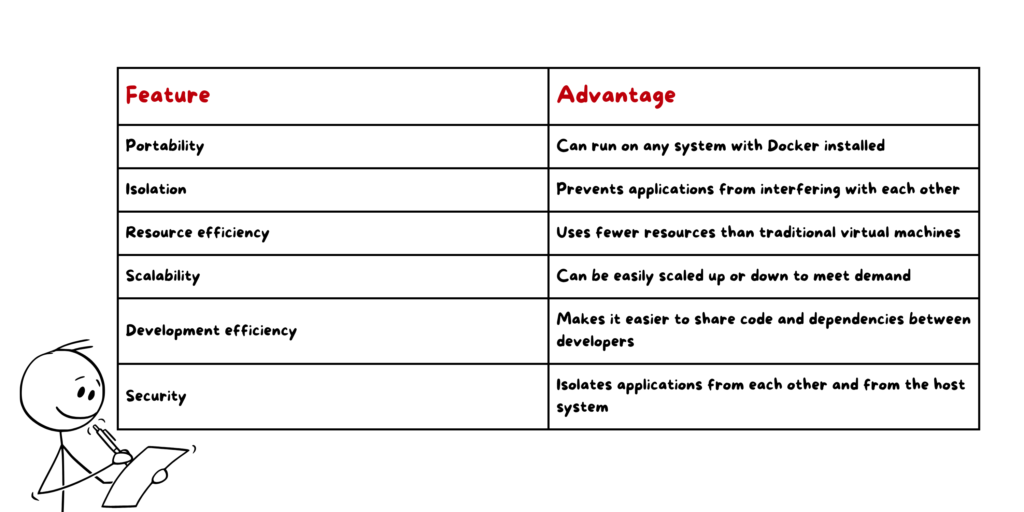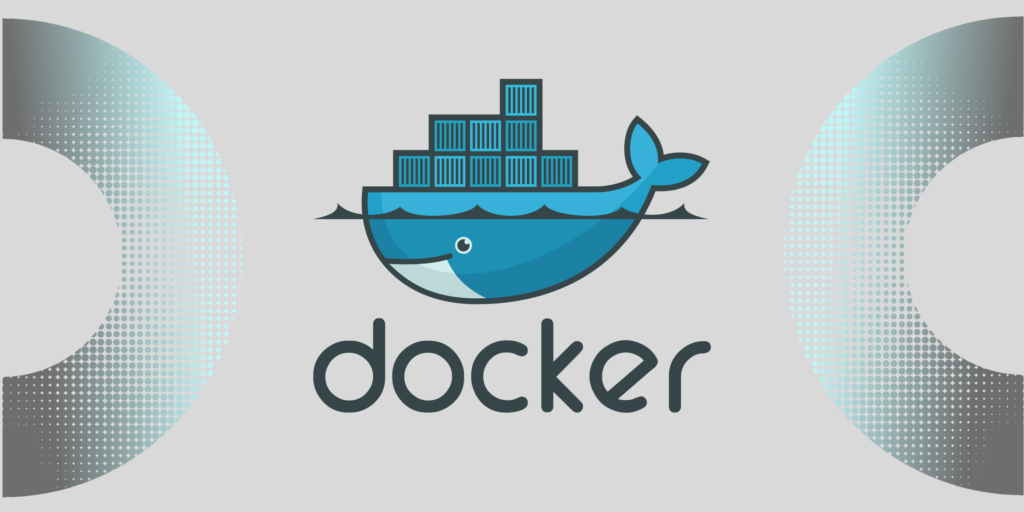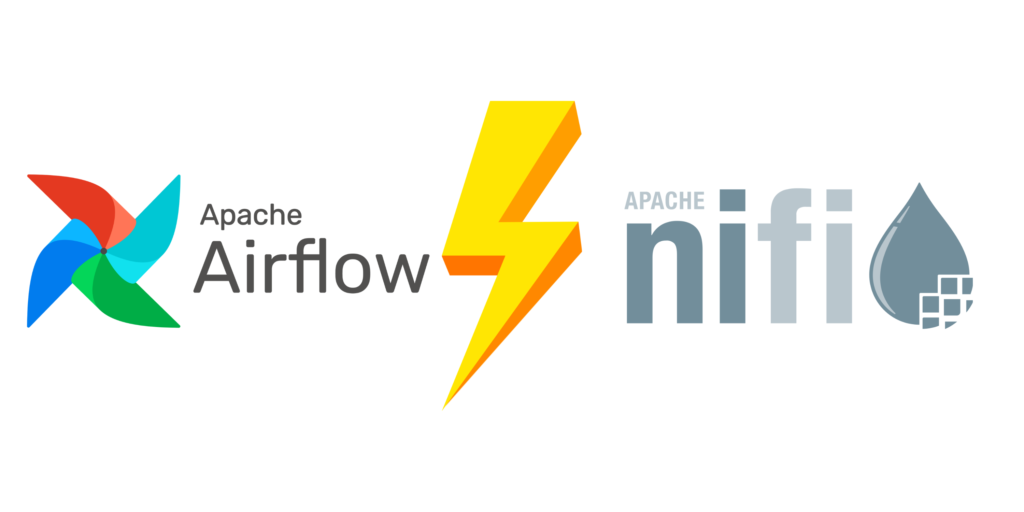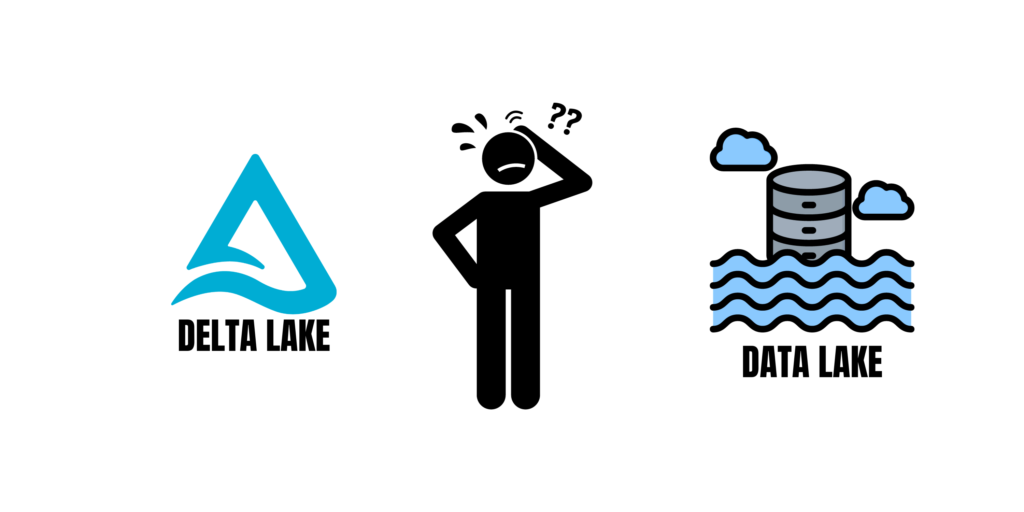Let’s start by answering a fundamental question: Why is Docker important?
Think about a situation that every developer can relate to — when you install a new tool on your computer. You eagerly download it and wait for the installation to finish. But more often than not, this excitement turns into frustration due to missing dependencies or confusing errors that require time-consuming troubleshooting.
Fortunately, Docker has changed this. It solves the problem of dealing with dependencies and errors during installations, making the process much smoother. So, what makes Docker so crucial?
You can download Docker Desktop from this link.
Table of Contents
The Docker Advantages
Docker is a software platform that simplifies the process of building, running, managing, and deploying applications. It uses containers to package an application’s code, dependencies, and runtime environment. This makes it easy to move applications between different environments, such as development, testing, and production.
Here are some of the key advantages of Docker:
Portability: Docker containers are portable, which means that they can run on any system that has Docker installed. This makes it easy to deploy applications to a variety of environments, including bare metal servers, virtual machines, and the cloud.
Isolation: Docker containers are isolated from each other, which means that they cannot interfere with each other. This makes it a safe way to run applications that have different dependencies or security requirements.
Resource efficiency: Docker containers are lightweight and use fewer resources than traditional virtual machines. This means that you can run more containers on a single machine, which can save you money on hardware and infrastructure costs.
Scalability: Docker containers can be easily scaled up or down to meet demand. This makes it easy to provision resources for applications as needed, which can improve performance and reduce costs.
Development efficiency: Docker can help to improve development efficiency by making it easier to share code and dependencies between developers. It can also help to speed up the deployment process by automating many of the tasks involved in deploying applications.
Security: Docker containers can help to improve security by isolating applications from each other and from the host system. This can help to prevent security breaches and reduce the risk of data loss.
Here is a table summarizing the advantages of Docker:

What is Docker?
Docker is a user-friendly tool that simplifies the installation and running of software by handling the complexities of dependencies and operating systems. Let’s break it down into simple steps and provide examples to make it easier to understand:
Step 1: The Docker File
To use Docker, you start by creating a Docker file, which is like a recipe book for your application. It contains instructions to install and run your application, along with any necessary configurations. For example, if your application requires a specific version of a programming language or a database, you can specify it in the Docker file.
Example Docker file for a Python web application:
FROM python:3.9
WORKDIR /app
COPY requirements.txt .
RUN pip install -r requirements.txt
COPY . .
CMD ["python", "app.py"]In this example, the Docker file specifies a base image (Python 3.9), sets the working directory inside the container, copies the requirements.txt file, installs the dependencies, copies the application code, and sets the command to run the application.
Step 2: Building Docker Images
Once you have your Docker file, you build a Docker image. Think of it as a snapshot or a packaged version of your application. The image includes your application code, dependencies, and configurations specified in the Docker file. You can build an image using the Docker build command.
Example command to build a Docker image:
docker build -t myapp:1.0 .This command builds a Docker image using the Docker file in the current directory and assigns it the name “myapp” with the version tag “1.0”.
Step 3: Running with Docker
To run your application, you use the “Docker run” command, specifying the image name and version. Docker creates a Docker container, which is an isolated environment where your application runs. The container is separate from the host operating system, ensuring compatibility and preventing conflicts with other applications.
Example command to run a Docker container:
docker run -d -p 8080:80 myapp:1.0This command runs a Docker container based on the “myapp” image with the version tag “1.0”. It binds port 8080 on the host machine to port 80 inside the container, allowing you to access the application through http://localhost:8080.
Docker simplifies the process of installing and running software by providing a user-friendly interface. By using Docker files and images, you can package your application and its dependencies, ensuring portability, scalability, consistency, and streamlined collaboration. It’s a powerful tool that empowers developers to focus on building great applications without getting bogged down by deployment complexities.
What is Docker Compose?
Docker Compose is a powerful tool that builds on Docker, enabling the orchestration of multi-container Docker applications. It simplifies the management of complex applications that consist of multiple components.
Docker Compose extends the capabilities of Docker by providing a way to define and execute multi-container applications. It is particularly useful for applications with various interconnected components, such as Apache Airflow, which may include a web server, a scheduler, and a database.
When you have an application with multiple components, Docker Compose allows you to run each component as a separate Docker container. This approach ensures that if one component fails, it doesn’t disrupt the entire application. Each container operates independently and can be scaled or updated individually.
The key to orchestrating multi-container applications with Docker Compose lies in the Docker Compose file. This file, written in YAML format, describes the services you want to run and their configurations. Each service corresponds to a Docker container, and Docker Compose ensures seamless communication between these containers by placing them in the same network.
Docker Compose File Example
Example Docker Compose file for an Apache Airflow application:
version: '3'
services:
webserver:
image: apache/airflow:latest
ports:
- 8080:8080
depends_on:
- scheduler
- database
scheduler:
image: apache/airflow:latest
depends_on:
- database
database:
image: postgres:latestIn this example, the Docker Compose file defines three services: a web server, a scheduler, and a database. Each service is associated with a specific Docker image. The web server is exposed on port 8080, and the services depend on each other in the specified order.
By using Docker Compose, you can easily manage and deploy multi-container applications, ensuring that each component runs in its own isolated container and communicates seamlessly with other containers. It simplifies the orchestration process and allows for efficient scaling, updating, and monitoring of complex applications.
Conclusion
In essence, Docker and Docker Compose revolutionize how we approach application deployment. The ability to create reproducible environments, isolate dependencies, and seamlessly orchestrate multi-container applications makes Docker an invaluable tool in the developer’s arsenal.
While this article provides a high-level overview, the true power of Docker unfolds as you delve deeper into its functionalities. Embrace Docker, and witness a paradigm shift in how you manage and deploy your applications. The tech industry has spoken — Docker is here to stay.
We use docker to run Apache Airflow if you are interested you will find this article here.




Pingback: Kubernetes Manual Installation: A Practical and Step-by-Step Guide for Production 2024 - devblogit.com